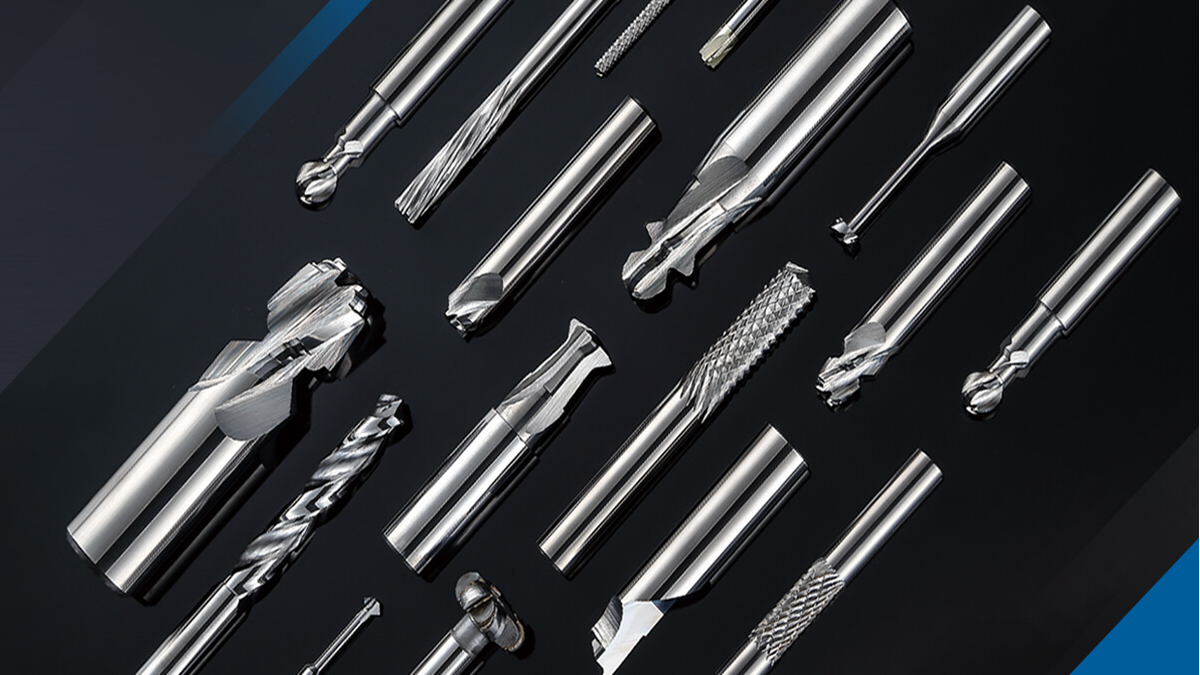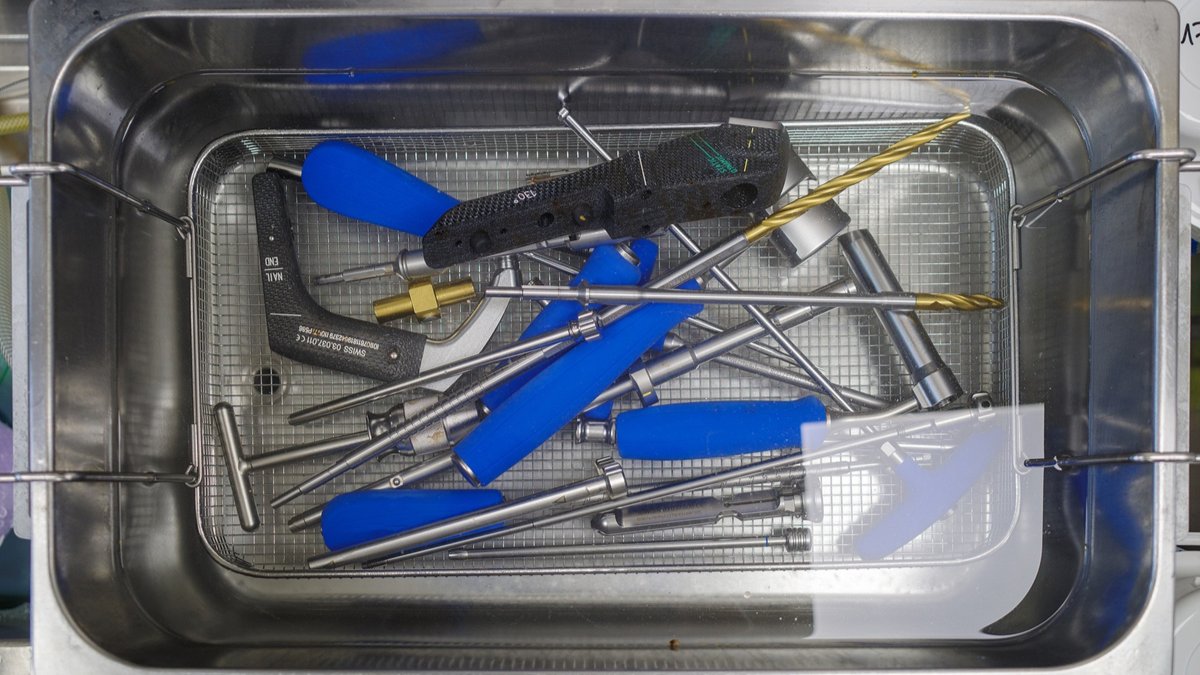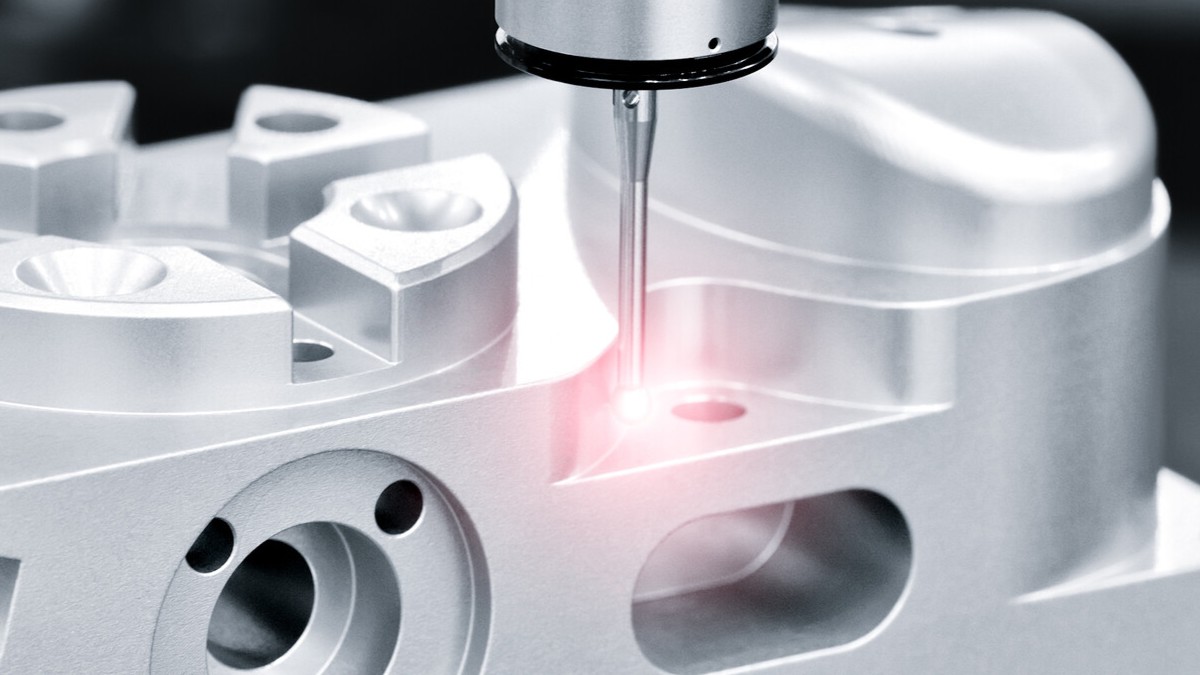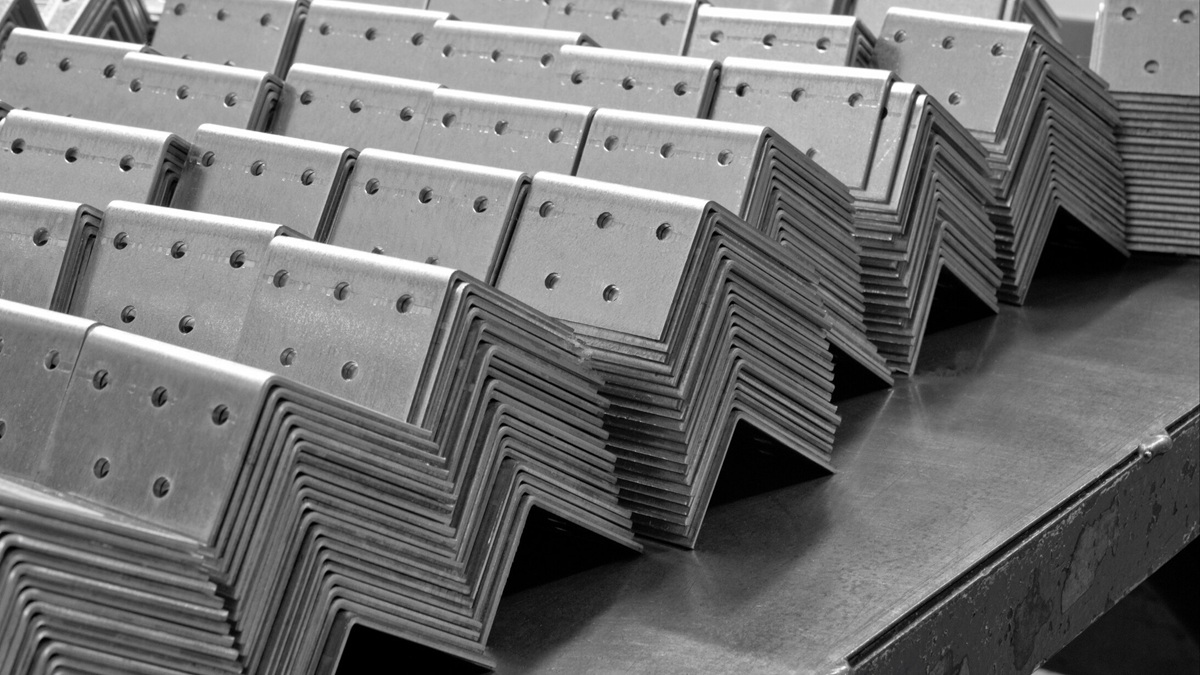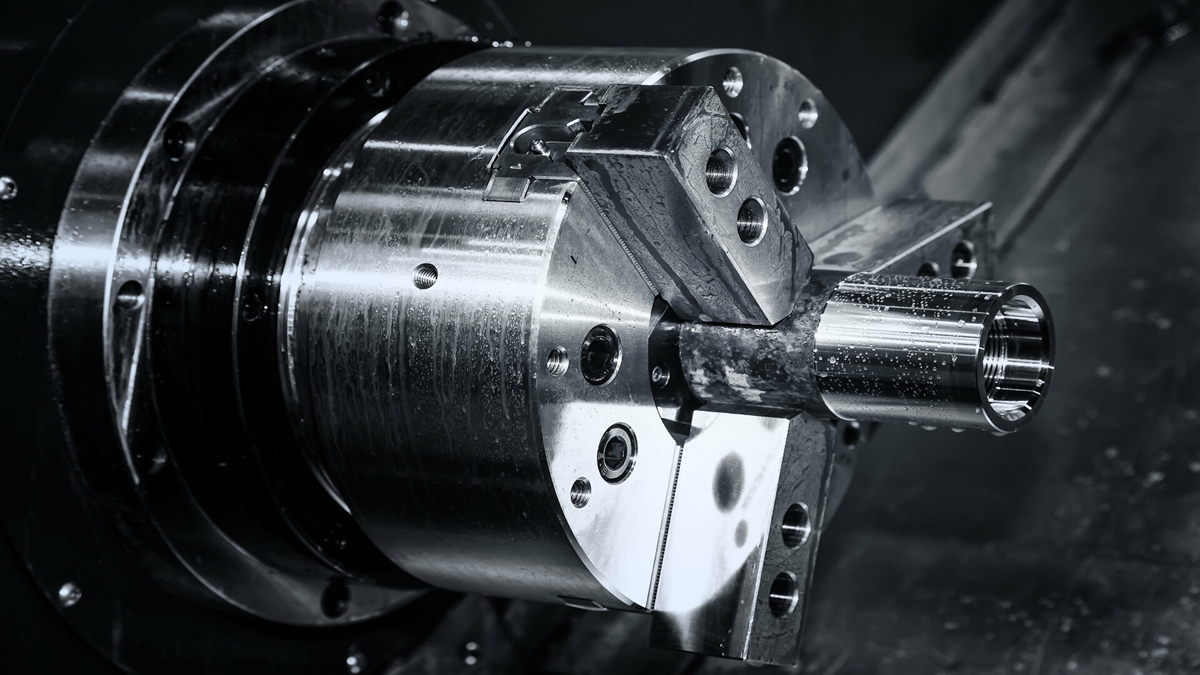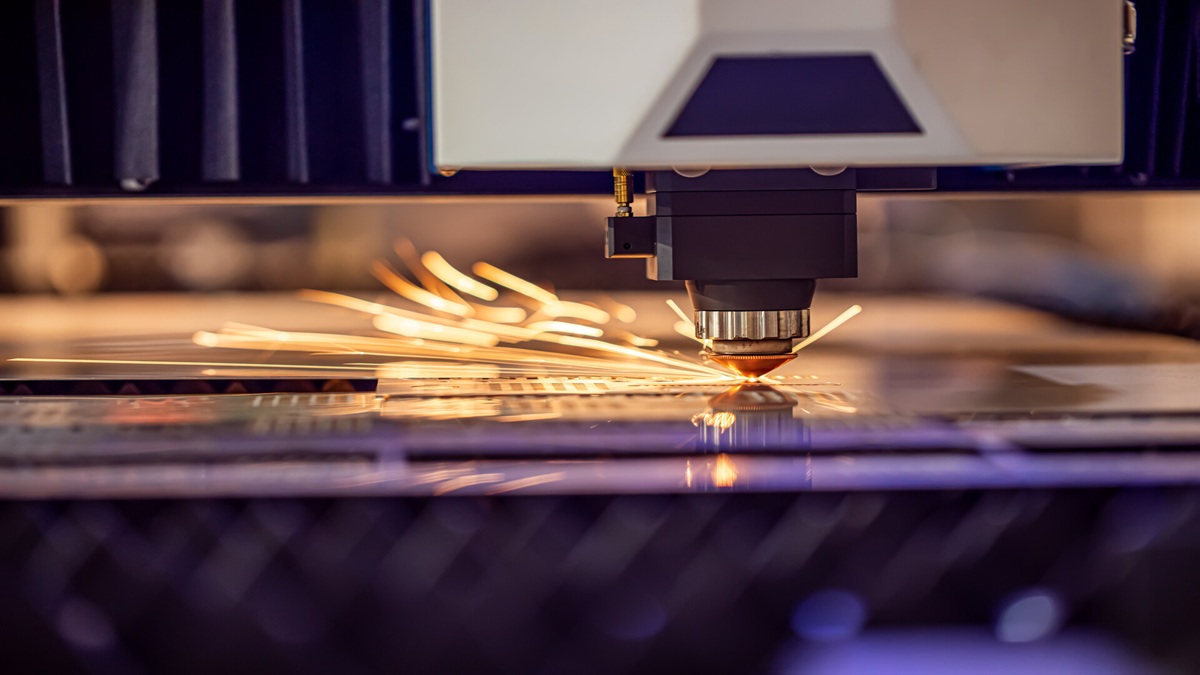Refers to products made by simple processing or the primary processing of raw materials. In machinery, rough-processed products generally refer to products that efficiently remove most of the remaining amount and make the benchmark for subsequent processing.
The CNC process can be simply divided into roughing and finishing, and CNC roughing is to make the material into a rough shape, and finishing is to cut the material into fine shape. Rough machining first removes excess parts, followed by precision machining in the second step of finishing.
Understand what is roughing?
Rough-processed products refer to products made by simple processing or the primary processing of raw materials. They are generally prepared for semi-finishing and finishing, which is convenient for the subsequent processing process to be faster and more convenient. Rough-processed products have low processing accuracy and surface Poor quality and other characteristics.
Rough machining does not have high requirements on the surface quality after machining. Generally, it is to prepare for semi-finishing and finishing. Because the rough machining allowance is large, the processing speed is high, and the heat generated by the machining is also large, so the processing Tool requirements are relatively high. Generally, alloy materials with high hardness are used as tool materials. At the same time, heat treatment measures must be taken during roughing, and if necessary, manual cooling of the tool, such as oil bath cooling and air cooling to extend the tool life.
Rough machining mainly has the following functions:
- After the workpiece processing is divided into stages, rough machining can eat knife and feed. The processing error caused by factors such as large machining allowance and large cutting force can be gradually corrected by semi-finishing and mechanical finishing to ensure the processing quality.
- Reasonable use of processing equipment, rough processing, and finishing have different requirements for processing equipment. After the processing stages are divided, the characteristics of rough processing equipment will be fully utilized. Reasonable use of equipment to provide production efficiency. The roughing equipment has high power, high efficiency, and strong rigidity. The precision of finishing equipment is high. The error is small, which meets the requirements of the drawings.
- Rough machining is first, and the defects of the workpiece blank can be found in time. The various defects of the blank, such as sand holes, pores, and insufficient processing allowance, can be found after rough machining, which is convenient for timely repair or decision to scrap, so as not to waste the working hours and costs after continued processing.
- Reasonably arrange the cold heat-treatment process. After hot working, the residual stress of the workpiece is relatively large, and the rough and finish machining are separated, and the aging can be arranged to eliminate the residual stress, and the finishing after cooling can be arranged to eliminate its deformation.
- Rough machining is arranged in the front, and mechanical finishing and finishing are arranged in the back, which can protect the surface of the finishing and finishing from less abrasion.
Cutting fluid selection under rough cutting conditions
- When the CNC machine tool needs to be separated from rough and finish machining or the workpiece is not completed on one machine tool, the cutting fluid can be selected according to the characteristics of rough and finish machining. During roughing, the amount of back-feeding and the amount of feed are large, resulting in large cutting resistance, which generates a large amount of cutting heat, and the heat transferred to the workpiece and the tool also increases accordingly, making the thermal deformation of the workpiece and the wear of the tool intensified, Water-based cutting fluids with cooling as the main factor and certain lubricating, cleaning and anti-rust effects should be selected, and continuous pouring with the large flow is required. When turning or other continuous machining or rough machining allowances are uniforms, the cutting heat is an important consideration, and the cooling effect of the cutting fluid is the first indicator to be measured.
- When milling or machining irregular shapes, uneven margins, and intermittent machining, the cutting speed is lower than that of continuous uniform machining, the impact of cutting heat is less than the impact of impact and vibration on the tool and the workpiece, and the lubrication of the cutting fluid And cooling must be balanced. When the machine tool conditions permit, you can use the inner hole car with internal liquid supply hole, boring cutter, and grooving cutter during hole processing and cutting, or use pressure supply liquid, and use the spray liquid supply when roughing difficult materials. All can play a better effect.
- Roughly processed workpieces generally have a machining allowance. At the same time, when processing difficult materials and non-ferrous metal materials, the surface roughness accuracy index is not high. Therefore, when machining difficult materials and non-ferrous metal materials, rough machining the chemical composition in the liquid is not high, and water-based extreme pressure emulsion can be used.
- When roughing cast iron and brittle nonferrous metals, the common feature of these materials during cutting is that the chips are crumbling, and the fine chips are flowing under the impact of the cutting fluid, and flow through the cutting fluid tank as the cutting fluid circulates Most will deposit, some will flow with the cutting fluid, and the small parts of the cutting fluid delivery tube will block the cooling nozzle and make the chips stick to the moving parts of the machine tool (such as the guide rail motion pair). At the same time, the chemical reaction between the cutting fluid and certain components in the cast iron causes the cutting fluid to deteriorate, causing the performance of the cutting fluid to deteriorate. Because the use of cutting fluid will bring these problems. Generally, do not use cutting fluid. To reduce the impact of dust and cutting heat, when conditions are available, you can consider using a dust extraction device to absorb dust, fine chips, and a part of heat. If cutting fluid is used, it is easy to use water-based cutting fluid, and the cutting fluid must be filtered and purified to prevent the deterioration of the cutting fluid and the prevention of concentration decline. When roughing, the concentration of cutting fluid is lower compared to finishing.
Six common ways to optimize roughing errors
Optimizing rough machining is three to four times faster than traditional machining methods, and makes the service life of cutting milling cutters in titanium alloy longer. The design of parts with straight prismatic walls requires a longer axial cutting depth and can engage all grooves on the milling cutter, which is ideal for optimizing roughing. In these cases, this strategy optimizes the often-challenging corner features and achieves high metal removal rates in superalloys and various stainless steels.
However, to avoid errors and imperfect results, for applications that are not in the optimal parameter range, the workshop should skip optimizing roughing. For example, in a complex three-dimensional mold cavity, optimized roughing may produce a stepped surface, requiring a lot of semi-finishing. In this case, high-feed roughing will produce better results.
-
Excessively large span
As the number of grooves increases, the span size must be reduced to maintain proper chip formation and surface finish at higher feed speeds. If the span is too large and the amount of metal removed is large, milling will generate more heat, forcing the feed rate to decrease. Reducing the span size can increase the cutting speed. When removing the same amount of material, more processes are required, but due to the increase in feed rate, the metal removal rate will be higher.
-
Inferior arbor
Optimized roughing requires a high-precision tool holder. Its specifications are similar to those of a hard-milling machine, including milling cutter runout less than 0.0004". If there is no precision fixture, milling will occur at a high feed rate optimized for roughing unsatisfactory vibration. Most shrink chucks, milling chucks, high-precision chucks, and selected end mill holders meet the accuracy standards for optimizing roughing. Milling cutters, chucks, and environmental maintenance are all critically important role, because dirty chuckholes, ambient temperature changes or unstable machine tool foundations will shorten the cutter life.
-
Outdated milling machine
The fast spindle and machine tool rigidity help provide better optimized roughing performance. The spindle must produce sufficient speed to support high feed rates, and the machine tool rigidity from the spindle bearing to the ball screw must minimize vibration to achieve smooth cutting, stable milling cutter life, and excellent part quality.
-
Poor programming
Manual programming and software designed for high-speed side milling cannot handle demanding machine tool movements that optimize roughing. Similarly, software designed for complex three-dimensional high-speed milling may not be able to maintain continuous engagement at narrow corners. To be successful, the process needs software that truly adapts to the process, not compromises.
-
Improper milling depth
The depth of cut plays a vital role in optimizing roughing. In 2xD and the entire edge length of the milling cutter, the effect of one pass is the best. A shallower radial span makes the cutting depth deeper, while a larger span value generates more heat, and requires a shallower cutting depth to achieve the same metal removal rate. Cutting depths better than 3xD will generate cutting pressure that exceeds the milling cutter's ability and causes offset. Chip breakers can minimize radial cutting pressure to reduce the possibility of deflection and assist in chip control.
-
Unsuitable processing parameters
The machine tool software contains default values for speed and feed, but these general parameters cannot predict the correct parameters for any particular cutting mill. Instead, the factory should ask their milling cutter supplier for recommended parameters derived from meticulous research and years of first-hand experience. Optimize cutting data for different milling cutter designs and their specific material groups. According to the different milling cutters selected according to the processing needs, the adjustment of the appropriate processing parameters can achieve the improvement of the processing efficiency.
Optimizing roughing: strategies to increase milling cutter life and workpiece quality.
Optimized roughing provides efficient results on applicable parts and features, including grooves with longer axial cutting depths, challenging corners and straight walls. This strategy can significantly improve part cycle time, surface finish, milling cutter life, and machine tool utilization. Taking the time to understand the workshop that optimizes rough machining can increase productivity, efficiency, and profitability, and these parts are the best choice for this strategy. To achieve the best results, the workshop should use the expertise of milling cutter suppliers to adjust their methods for individual work.


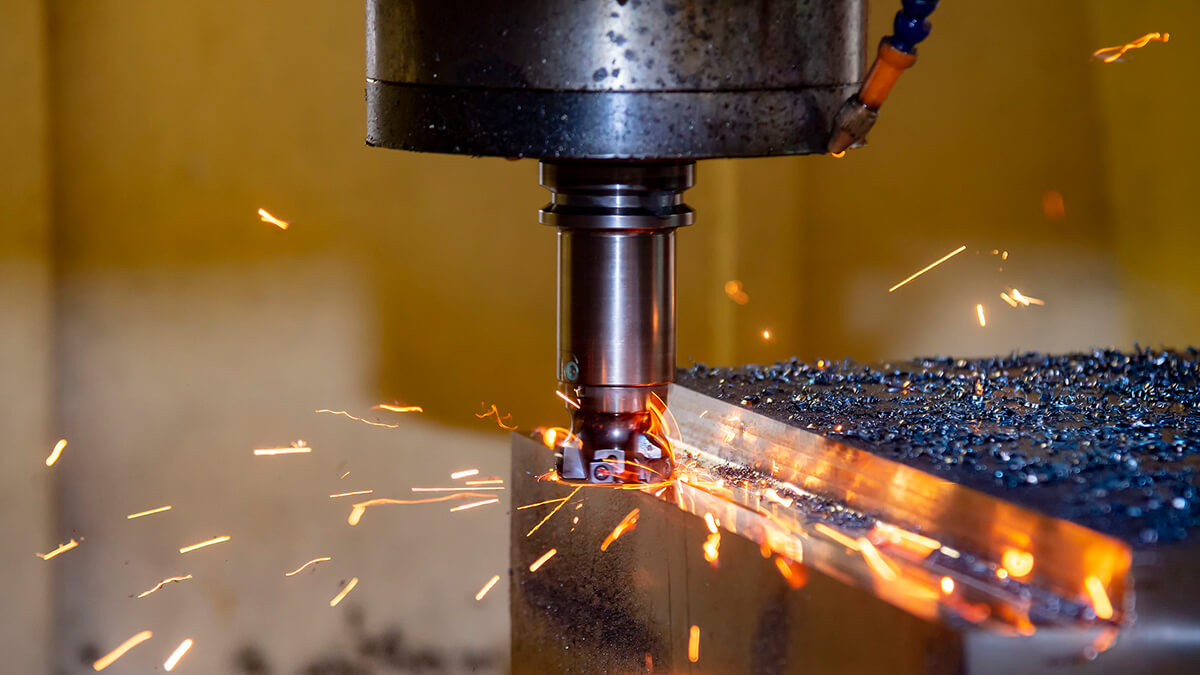


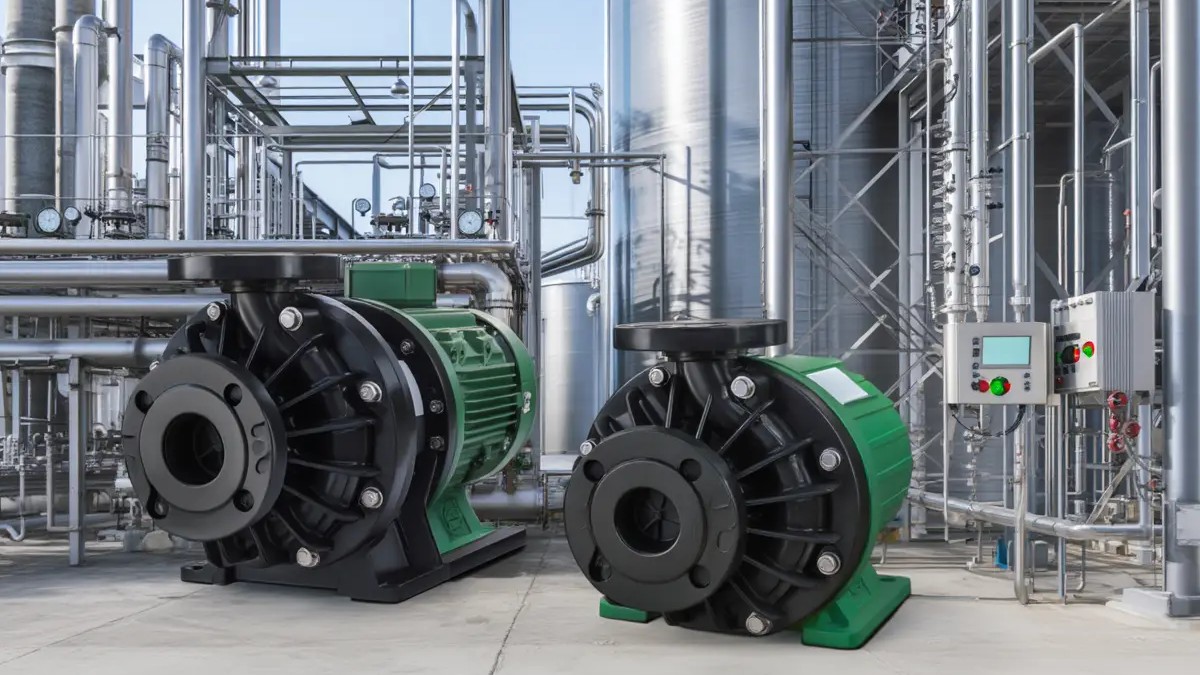
.png)
